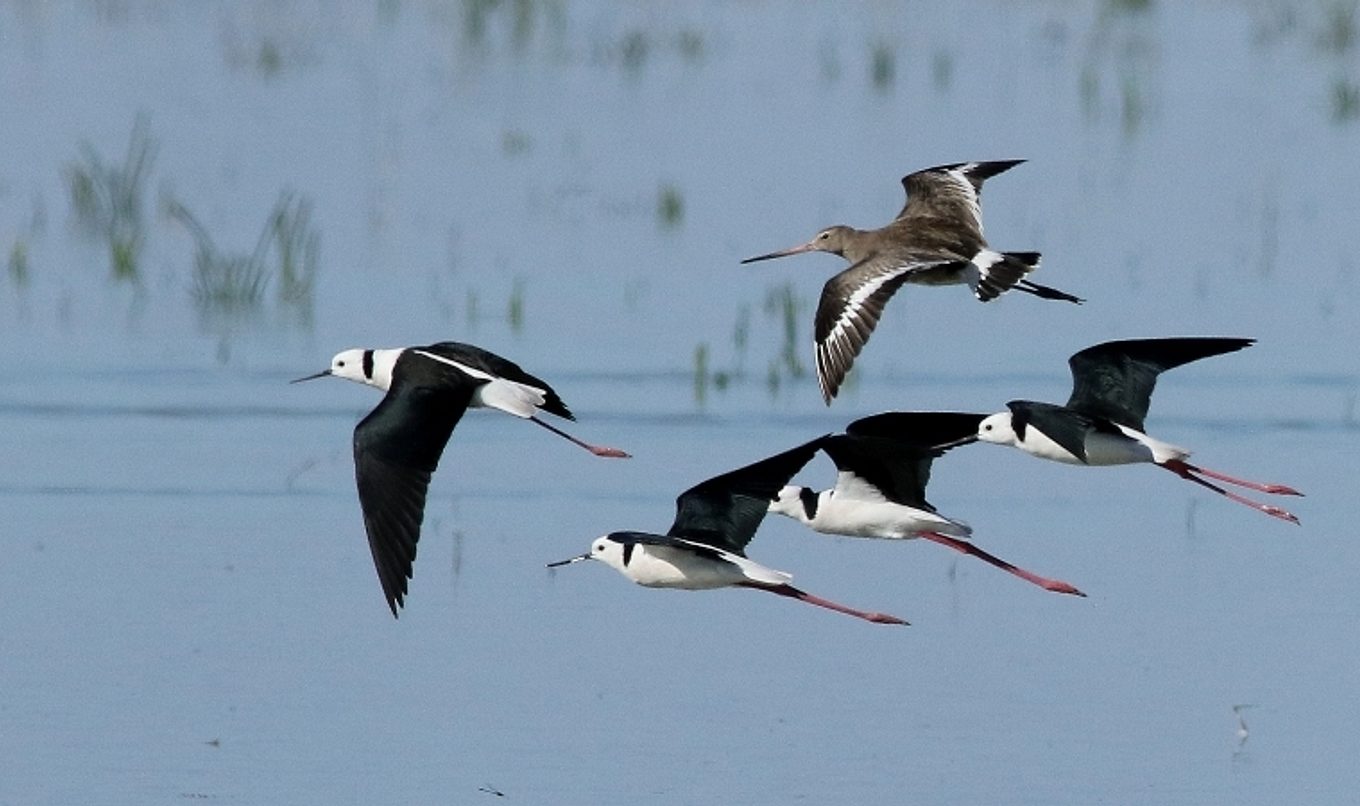Fish and bird species to benefit from River Murray environmental water releases
Native fish and waterbirds are among the beneficiaries of environmental water releases aimed at boosting River Murray ecosystems this spring ahead of a forecast hot and dry summer.

Environmental water releases from upstream storages are providing a boost to the health of the River Murray and are maximising the ecological benefits of last year’s floods.
The flows will help transport nutrients and microscopic animals along the river system in SA, providing food and habitat for recently spawned fish species, including tiny Murray cod and golden perch.
Spring flows are vital for the survival and growth of many native fish species and are particularly important for the ongoing health of the Coorong which has experienced a remarkable revitalisation since the floods.
Waterbirds, including swans, pelicans and cormorants, as well as a range of native estuarine fish will all benefit from the releases.
Many areas along the River Murray received much needed water for the first time in more than 60 years as a result of the 2022-23 flood, prompting a boom in bird breeding, native fish spawning and plant growth.
Further monitoring of birds, vegetation, frogs and fish will continue at key sites along the river to assess the outcomes of the flood and ongoing environmental water delivery.
These spring water releases, which remain within the main channels and increase river marginally, are expected to be completed by December.
They have come from various storages within Murray-Darling Basin including those located within the Murray, Goulburn, Murrumbidgee and Darling rivers, and Lake Victoria.
They are provided mainly by the Commonwealth Environmental Water Holder and the Living Murray program and highlight the importance of water for the environment for a healthy, functioning river.
Department for Environment and Water Environmental Water Manager Tony Herbert said, with forecasts predicting a hot summer and below average rainfall, the releases would put the ecosystem in the best possible position for the upcoming conditions.
"While creating environments for animals to breed, these releases also help to improve the general health of the river throughout the Murray-Darling Basin," he said.
"The conditions in the South Australian stretch of the River Murray have been positive post-flood, and it is our job to ensure it remains as good as possible."
Mr Herbert said the small volumes of water arriving in SA were from from upstream in the River Murray, Goulburn River, Murrumbidgee River and Darling/Baaka River.
"Each delivery of water for the environment can achieve multiple outcomes as it travels downstream to different parts of the Basin," he said.
"Coordinated delivery of water for the environment in spring is a feature of annual planning and operations.
"Water holders and river operators cooperate to ensure water is delivered in a way and at a time that generates the best environmental outcomes."
Ecological monitoring at the Chowilla Floodplain and Lower Lakes and Coorong is supported by The Living Murray, a joint initiative funded by the New South Wales, Victorian, South Australian and Commonwealth Governments and coordinated by the Murray-Darling Basin Authority.
Native fish monitoring in the SA River Channel is undertaken through the Commonwealth Environmental Water Holder’s Science program - Flow Monitoring, Evaluation and Research (Flow-MER).

